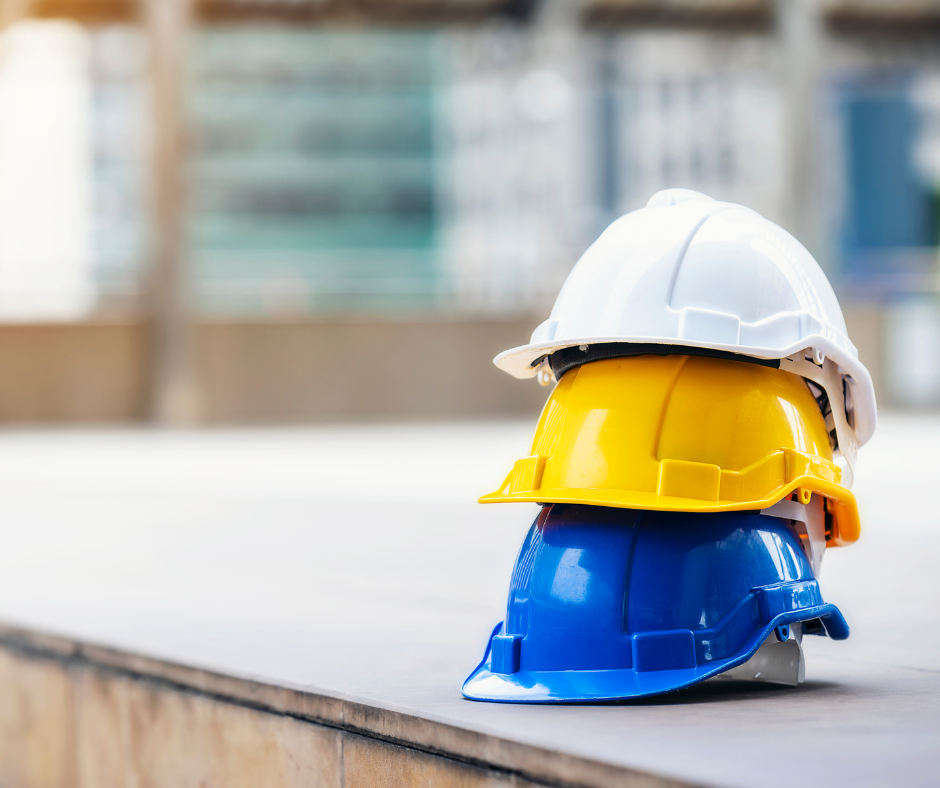
Celebrating 20 Years of Excellence with Artisan Environmental
Artisan Environmental recently marked two decades of delivering specialist asbestos consultancy, inspection and health &
Health and Safety Software » Health and Safety » Health and Safety for Plumbers

Outlined below are some important health and safety considerations for plumbers:
Personal Protective Equipment (PPE): Wear appropriate PPE, including safety glasses, gloves, hard hats, steel-toed boots, and respiratory protection when necessary. PPE helps protect against potential hazards such as chemicals, sharp objects, and falls.
Proper Lifting Techniques: Use proper lifting techniques to prevent strains and injuries. Bend your knees, keep your back straight, and lift with your legs when moving heavy objects or equipment. Use mechanical aids, such as dollies and adopt team lifting, when necessary.
Electrical Safety: Be aware of the electrical hazards in plumbing work. Ensure power sources are switched off before working on or near electrical components. Ensure you use insulated tools and wear rubber-soled shoes to minimise the risk of electric shock.
Hazardous Materials: Take precautions when working with hazardous materials, such as chemicals and solvents. Follow proper handling, storage, and disposal practices. Ensure suitable ventilation and wear personal protective equipment when working with potentially harmful substances.
Fall Protection: When working at heights, use fall protection equipment e.g., harnesses, lanyards, and safety nets. Ensure that ladders and scaffolding are stable and secure before use. Follow proper procedures when working on roofs or elevated surfaces.
Ergonomics: Pay attention to ergonomics and body mechanics to prevent musculoskeletal injuries. Adopt proper posture, take breaks, and vary tasks to minimise repetitive motions.
First Aid and Emergency Preparedness: Have a first aid kit readily available on-site and ensure you know the location of emergency exits and evacuation procedures. Stay current on first aid and CPR training.
Confined Spaces: When working in confined spaces such as crawl spaces or utility vaults, ensure there is proper ventilation, and follow confined space entry protocols. Test the air quality for potential hazards such as low oxygen levels or toxic gases before entering.
Tool and Equipment: Maintain and inspect tools regularly to ensure they are in suitable working condition. Follow the manufacturer instructions for safe tool usage. Properly store and secure tools to prevent injuries.
Plumbing System Risks: Be cautious when working with pressurised systems to avoid sudden bursts or leaks. Relieve pressure before making any necessary repairs or modifications. Be aware of potential exposure to harmful substances like asbestos or lead in older plumbing systems.
It is crucial for plumbers to stay informed about local safety regulations and comply with them. Regularly review and update your knowledge of safety procedures and best practices in the plumbing industry to ensure a safe and healthy work environment for yourself and others.
iProtectU allows a user to create, edit and document a suitable and sufficient risk assessment regarding plumbing activities.
iProtectU brings together the key resources and knowledge of three companies specialising in EHS software development, health and safety, business intelligence and data analytics.
Our vision is to provide fully integrated, cost effective and simple to use health and safety software tools that enable our clients to engage their entire team.
Arrange your demonstration
Let us show you how we can transform your compliance management
Choose a date and time for your demo (no obligation) and we will be in touch.

Artisan Environmental recently marked two decades of delivering specialist asbestos consultancy, inspection and health &

iCertifyU is an App which provides free eLearning for everyone, whether you are an employee,

According to recent research, almost half of UK tradespeople view asbestos as a problem of

31st October 2025 represents the deadline for organisations to transition their Information Security Management System

According to a recent head protection survey, only 15% of workers who should be wearing

The safety of school/college grounds and external areas is paramount. By implementing regular inspections, maintenance,